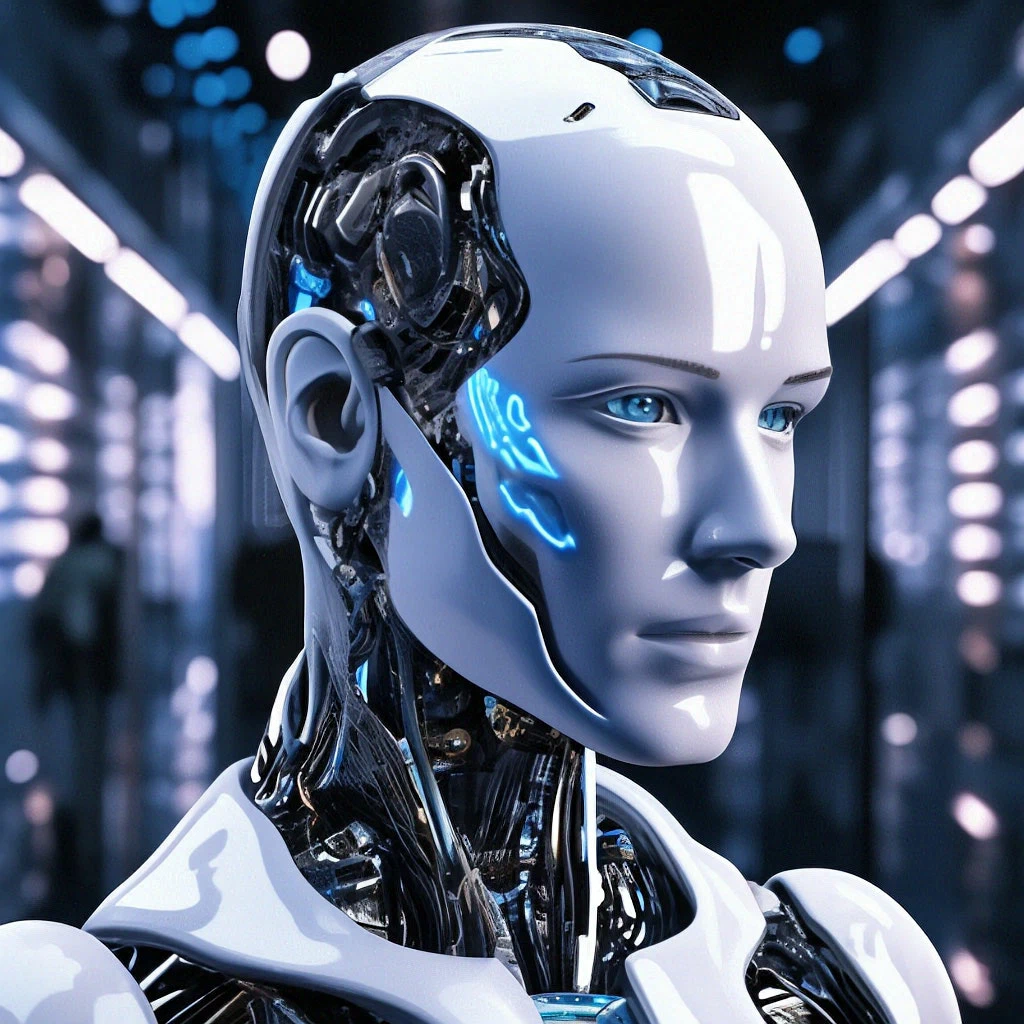
Artificial intelligence detects ADHD without questionnaires and doctors
Imagine you could diagnose ADHD simply by how your brain processes flickering letters on a screen. No questionnaires, no months of waiting for an appointment with a specialist. AI looks at your visual rhythms and gives a verdict with 92% accuracy. Sounds like science fiction? But this is already reality.
A research group from the University of Montreal decided to dig deeper into the nature of the disorder that affects about 2.5% of adults worldwide. Professor Martin Arguin says directly: With high ADHD prevalence, we know surprisingly little about its neural foundations.
The experiment is simple: 49 people looked at flickering French words overlaid on visual noise. And here’s what turned out: people with ADHD demonstrate a completely special rhythm of visual information processing at frequencies of 5, 10 and 15 hertz. The machine learning algorithm identified them with 92% accuracy.
But then it gets even cooler. The system could distinguish those taking stimulating medications from those not taking them with 91% accuracy. For the medication group, accuracy was all 100%! Medications leave a measurable trace in brain rhythms.
And now the most curious part. According to scientists, you can easily identify people with ADHD based on patterns, which points to possibly a single cause of the disorder.
Autor: AIvengo
For 5 years I have been working with machine learning and artificial intelligence. And this field never ceases to amaze, inspire and interest me.
Latest News
UBTech will send Walker S2 robots to serve on China's border for $37 millionChinese company UBTech won a contract for $37 million. And will send humanoid robots Walker S2 to serve on China's border with Vietnam. South China Morning Post reports that the robots will interact with tourists and staff, perform logistics operations, inspect cargo and patrol the area. And characteristically — they can independently change their battery.
AI chatbots generate content that exacerbates eating disordersA joint study by Stanford University and the Center for Democracy and Technology showed a disturbing picture. Chatbots with artificial intelligence pose a serious risk to people with eating disorders. Scientists warn that neural networks hand out harmful advice about diets. They suggest ways to hide the disorder and generate "inspiring weight loss content" that worsens the problem.
OpenAGI released the Lux model that overtakes Google and OpenAIStartup OpenAGI released the Lux model for computer control and claims this is a breakthrough. According to benchmarks, the model overtakes analogues from Google, OpenAI and Anthropic by a whole generation. Moreover, it works faster. About 1 second per step instead of 3 seconds for competitors. And 10 times cheaper in cost per processing 1 token.

